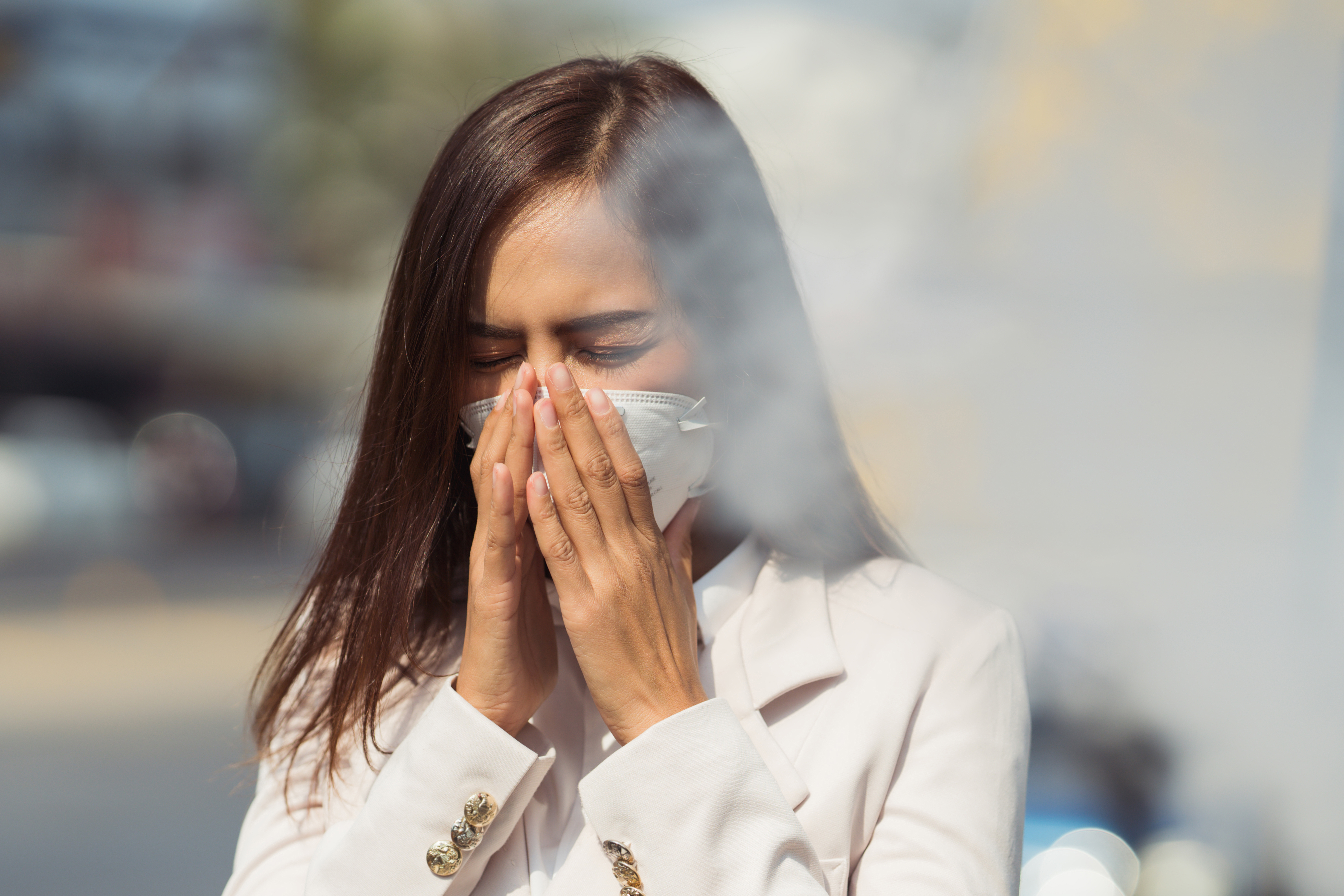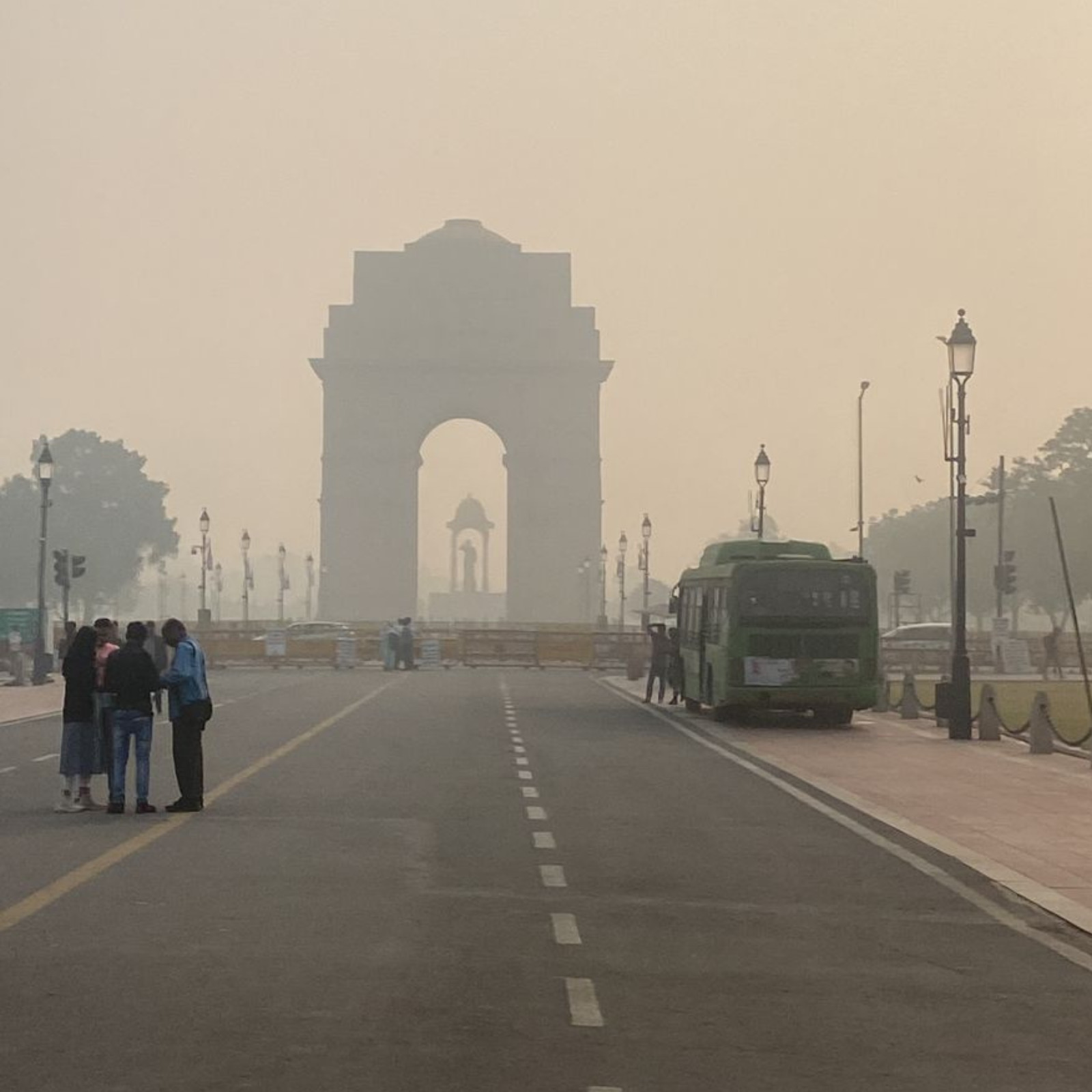
views
It seems now that the winter bout of air pollution is not just Delhi-NCR’s problem anymore. Reports of deteriorating air quality in Mumbai, caused to a number of factors are making headlines.
It’s ‘AQI this, and AQI that’. But what is AQI? It’s how we measure the pollution in our air that can harm us. News18 explains everything you need to know about the pollution measurement unit:
How is AQI Measured?
The AQI is a number used by government agencies to assess and communicate air pollution levels to the public. A higher AQI indicates unfavourable health effects for a huge proportion of the population.
It is measured using an air sensor and an air pollutant concentration over a predetermined averaging period. The results are classified into ranges, with each range receiving a descriptor, a colour code, and a standardised public health advisory.

Historically, all continents have used the United States Environmental Protection Agency’s (EPA) AQI. When numerous contaminants are measured at a monitoring site, the highest AQI value in a one-hour average is given for that site. However, each country’s air pollution is highly distinctive to the country’s pollution kind, according to reports.
What Pollutants Does AQI Measure?
The AQI is calculated by the Environmental Protection Agency (EPA) for five primary air pollutants for which national air quality limits have been established to protect public health.
1. Ground-level ozone
2. Particle pollution/particulate matter (PM2.5/pm 10)
3. Carbon Monoxide
4. Sulfur dioxide
5. Nitrogen dioxide
AQI Point Scale for India
Different countries report air quality using different point scales. In the United States, for example, a rating between 0 and 50 is considered good on a 500-point scale. A rating of 301 to 500 is considered dangerous. India, too, uses a 500-point scale. Every day, important pollution concentrations are recorded by monitors. Using EPA-developed standard equations, these raw values are transformed into a single AQI value for each pollutant (ground-level ozone, particle pollution, carbon monoxide, and sulphur dioxide). The highest of these AQI values is reported as the day’s AQI value, according to this Business Standard report.
What exactly is Particulate Matter?
Airborne particulate matter (PM) is a composite of many chemical species, rather than a single pollutant. It is a complicated mixture of solids and aerosols made up of small liquid droplets, dry solid fragments, and solid cores with liquid coatings. Particles vary greatly in size, shape, and chemical composition, and may contain inorganic ions, metallic compounds, elemental carbon, organic compounds, and earth crust compounds, explains a report by the California Air Resources Board.

For the purposes of air quality regulation, particles are defined by their diameter. Those with a diameter of 10 microns or less (PM10) are inhalable and can cause health problems. Fine particulate matter is defined as particles with a diameter of 2.5 microns or less (PM2.5). As a result, PM2.5 contributes to PM10.
What Is the Distinction Between PM10 and PM2.5?
PM10 and PM2.5 are often emitted from different sources and have different chemical compositions. The combustion of gasoline, oil, diesel fuel, or wood produces a significant portion of the PM2.5 pollution found in outdoor air, as well as a significant portion of the PM10. PM10 also contains dust from construction sites, landfills, and agriculture, as well as wildfires and brush/waste burning, industrial sources, wind-blown dust from open lands, pollen, and bacteria fragments.
PM can be directly emitted from sources (primary particles) or formed in the atmosphere through chemical reactions of gases such as sulphur dioxide (SO2), nitrogen oxides (NOX), and certain organic compounds (secondary particles). These organic compounds can be emitted by both natural sources (trees and vegetation) and man-made (anthropogenic) sources (industrial processes and motor vehicle exhaust).
Categories of AQI
Here are the quality categories of the AQI:
• 0–50: Good – Minimal Impact
• 51–100: Satisfactory – Some people prone to health conditions may experience slight breathing difficulties.
• 101–200: Polluted moderately – It may cause breathing difficulties in persons with lung diseases such as asthma, as well as discomfort in people with heart disease, children, and the elderly.
• 201–300: Poor – It may cause breathing issues in persons exposed for an extended period of time, as well as discomfort in people with heart condition.
• 301–400: Very poor – Prolonged exposure to this AQI level may cause respiratory disease. People with lung and heart disorders may be particularly affected.
• 401-500: Severe – It may cause respiratory problems in healthy persons, as well as major health problems in people with lung/heart illness. Difficulties can occur even during light physical exertion.
History of the AQI
The National Air Pollution Control Administration in the United States launched an attempt in 1968 to build an air quality index and apply the concept to Metropolitan Statistical Areas, which resulted in the creation of the AQI. The motivation was to attract public attention to the issue of air pollution and, in turn, to indirectly compel responsible local public officials to take action to limit pollution sources and improve air quality within their jurisdictions, reports say.
The National Inventory of Air Pollution Emissions and Control Branch’s head, Jack Fensterstock, was entrusted with leading the development of the technique and compiling the air quality and emissions data required to test and calibrate the resulting indices.
The first generation of the air quality index produced individual pollutant indices based on standardised ambient pollutant concentrations. These indicators were then weighted and added together to create a single total air quality index.
Where to Check AQI in India?
The AQI conditions for various states and cities can be checked on the Central Pollution Control Board’s website or Twitter handle.
Read all the Latest Explainers here
















Comments
0 comment